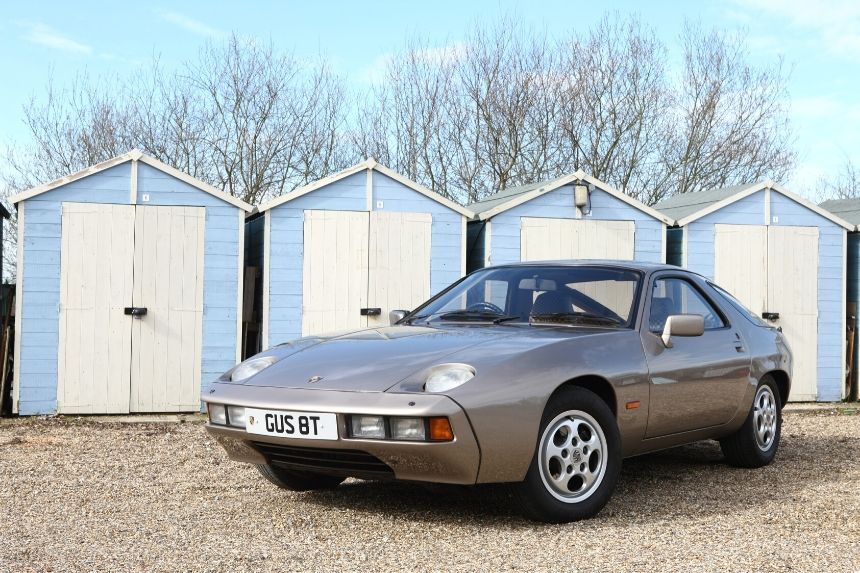
Porsche 928 Buyers’ Guide
Written by Peter Morgan
Model history/Timeline
The auto industry model year (MY) runs from August 1 to 31 July, so a 1988 model could have been produced between 1 August 1987 and 31 July 1988.
1977 MY: Debut at the Geneva Salon in March
1978 MY: 928 coupé production starts September '77, RHD introduction February '78. All alloy, water cooled 240bhp, 4474cc V8 with single overhead camshafts and Bosch K-Jetronic (CIS) fuel injection. 16-inch 'telephone dial' cast alloys on 5-speed manual versions with 15-inch alloys on 3-speed automatic gearbox option.
1980 MY: 928S introduced. RHD deliveries start January '80. 300bhp, 4664cc V8 has electronic (L Jetronic) fuel injection. Auto gearbox gets 4-speeds.
1982 MY: 928 discontinued. Limited edition (50th anniversary, 'Ferry Porsche') 928S. Believed 140 built (not confirmed) for non USA markets, special Meteor metallic paint with monogrammed (burgundy) seats and special velour pinstripe .interior.
1984 MY: 928S2 4-speed auto introduced (rebadged S). 4664cc,310bhp V8 with LH injection and electronic ignition. Power steering standard with 5-speed manual only an option. Air conditioning becomes an option on regular cars.
1986 MY: Uprated 928S2 models receive better brakes, uprated suspension.
1987 MY: 928S4 introduced with 320bhp, 4957cc V8. Engine has 4 valves per cylinder with double overhead camshafts and LE Jetronic fuel injection/EZK ignition. Brembo front brakes with 4-piston calipers. ABS standard.
1988 MY: S4 receives electronic diagnostic display. 928S4 Club Sport (LHD only, 17 built) limited edition: 100kg lighter than regular production S4, special engine, twin tailpipes. 928S4 Sport Equipment (Sport in UK, believed 42 cars) announced March 1988. CS spec with comfort pack; 5-speed manual only and short shift lever. Engines built by Weissach. LSD, sports suspension. Only in GP White, Guards red, Black and silver. Special black leather/red pinstripe velour interior. 42 units built.
1989 MY: 330bhp 928GT introduced with 5-speed manual gearbox, 'Design 90' 16-inch alloys and sports suspension. Diagnostic and tyre pressure monitoring system, digital trip and electric central locking introduced. Fitted with ZF 40% LSD (as SE).
1990 MY: 928S4 manual option discontinued. Limited slip differential (potential for 100% electronic locking, PSD) and air conditioning standard. Driver airbag optional.
1991 MY: GT gets revised engine management for improved torque and twin exhaust tailpipes.
1992 MY: 928S4 and 928GT replaced by 928GTS May '92. 350bhp 5399cc V8, Cup alloys, colour coded rear spoiler. 17-inch alloys, Turbo external mirrors, full width rear light panel.
1993 MY: Air conditioning changed to non-CFC refrigerant and internal ventilation improved with pollen filter. Driver airbag standard.
1995 MY: 928GTS production discontinued at end of model year with last cars sold in early 1996.
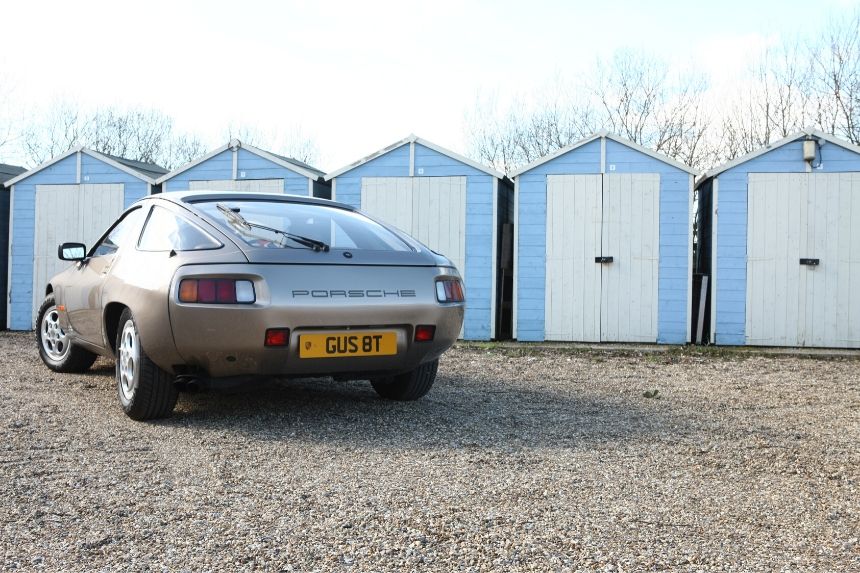
What's it like?
The 928 is a Porsche like no other. The styling is a feast of 1970s indulgence with Germanic details from every aspect. The light and airy interior is modernistic for the time and offers good 2 + 2 seating (for small children in the back). At the car's heart is a glorious, large capacity, all aluminium V8.
928s cannot be described as agile, but with a 50:50 weight distribution, this is a sure-footed, confident machine with a gorgeous soundtrack. Surprisingly sharp performance is matched with a sumptuous feel of majestic progress along the road. All 928s were high specification relative to their Porsche contemporaries and unlike the 911s of the time, the ergonomics were carefully considered.
Undoubtedly an affordable classic (and probably undervalued), the 928 today is a sought after example of how Porsche tried to go in a different direction some 40 years ago. That plan came to nothing, but the car pioneered the Porsche V8 and the superb 'Weissach' multi-link rear axle - the latter evolving during the 1990s onto the 993 and subsequent 911 models.
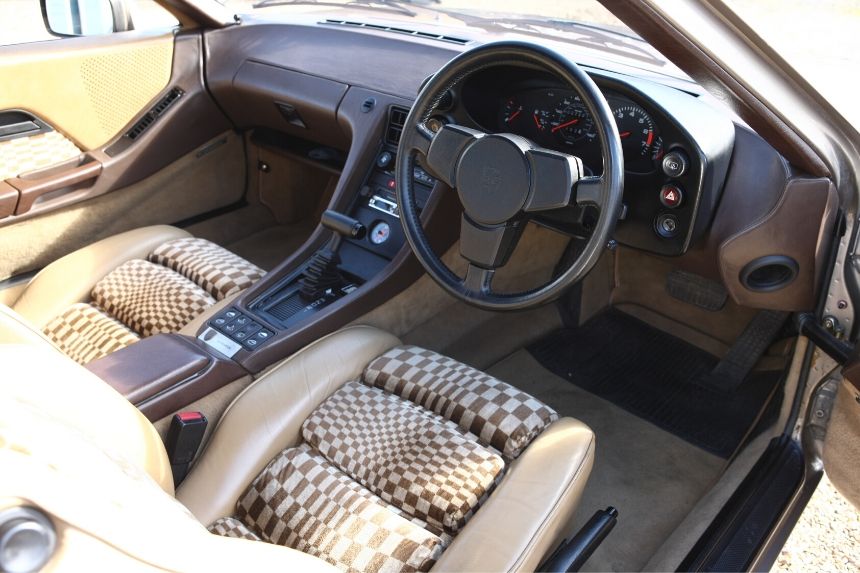
Which one should I get?
The basic layout of the 928 didn't change much between its launch in the UK in 1978 and the last model in 1995. The early single overhead camshaft cars - the first 4.5-litre 928s, the S and the S2 are technically far simpler than the later double overhead cam types and this gives the early cars something of a niche among enthusiasts.
The later cars have gained a reputation for fiendishly temperamental electrics, mainly because of their high accessory spec. But this is a rare Porsche on our roads and that alone gives any 928 a collectible premium. The S/S2 was the most prolific 928 in the UK. There were some 410 manual and 1845 auto S/S2 sold. The data suggests there were 833 S4s, 225 GTs and just 195 GTS (with 45 manuals).
Buying an S4 or GT requires care to ensure a solid maintenance history and that everything is working as it should. Accepting that mileage can be an issue because of age related wear and tear, the best advice is not to necessarily go for the youngest car you can afford. The best cars are those that combine reasonable mileages (100-150K for instance), best maintenance and best condition.
For a regular commute of 10 miles or more or regular suburban use, the automatic is the only way to go and a good S2 or S4 can be a better buy on a budget. This is not a car to consider for short journeys. For those who want adrenaline with their drive, the manual options were available on the earliest 4.5-litre models (now very rare) and the more focused GT.
928s have stabilised in the marketplace after years of decline and the better cars are pushing progressively upwards in value at the time of writing. It is false economy to buy cheap and a knowledge of the market will avoid paying an overly speculative price. A knowledgeable specialist can save you from buying a money pit.
The best colours today are the dark metallics, although the GT looks good in Guards Red. The colour will affect value, with the yellows, whites, golds and greens being least loved - but don't let it put you off an otherwise great car.
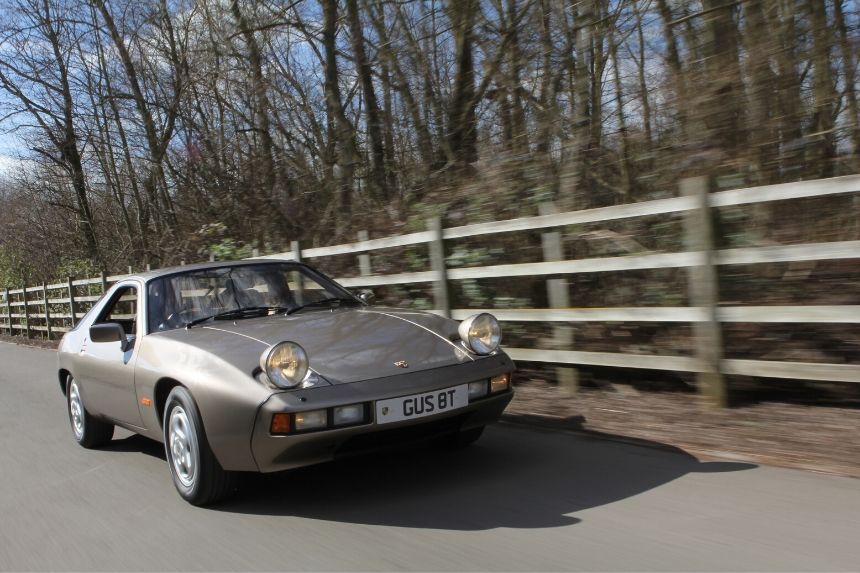
What are the running costs?
The most important running cost for a 928 will be the cost of fuel. With fuel consumption around town unlikely to better 12-15mpg on an S4 and at best 18-20 on a run, this is a classic car that is bought for other reasons!
The V8 is relatively thirsty for oil also, so expect 500 miles/litre typically. Otherwise, the cost of ownership isn't too far removed from any other classic Porsche. Servicing is remarkably similar - the key requirement is to find a specialist who understands 928s.
Expect around £200 (all prices are ex-VAT) for a minor and around £600 for a major service. On a car that is 20-40 years old and is infrequently used, the annual service will invariably discover items such as (for example) corroded brake and fuel pipe runs, sagging engine mounts, perished tyres, leaking power steering pumps, worn brakes and electrical items that aren't working. The 4 year/60K mile cam belt change usually includes the coolant pump and various other small 'while we're in there' costs. Expect a bill £1-1500.
A coolant change every 4 years or so (with Porsche coolant, not water) can reduce internal aluminium corrosion, while the brake fluid on a classic should be changed every 2-4 years. Coolant leaks aren't uncommon and a replacement radiator can cost £900 plus labour.
The other regular 928 maintenance items include an annual check on the torque tube, to ensure it isn't putting forward loading on the flywheel mounting plate (also known as the flex plate). The camshaft drive belts and tensioners will need changing every 60K miles or 4-5 years.
The Mercedes derived 3 and 4 speed automatic gearbox generally has a good reputation for reliability, but a slow, stiff or jerky shift can suggest there isn't enough pressure assistance and this will need attention. An underbody check can assess for any fluid leakage from the torque converter or rear mounted gearbox.
The manual gearbox linkage can seize up (but the manual shift is relatively notchy even when all is OK). This notchiness can lead to worn synchros and a gearbox rebuild. Clutches last a long time (perhaps 70-80K miles typically), while a replacement might cost £1K.
The main issues on the drivetrain and suspension are usually worn bearings as mileage increases beyond 100K and the various bushes, which can usually be replaced fairly inexpensively (relative to say, a replacement whole lower control arm assembly). Replacement of worn out shock absorbers will typically cost from £200 + VAT each.
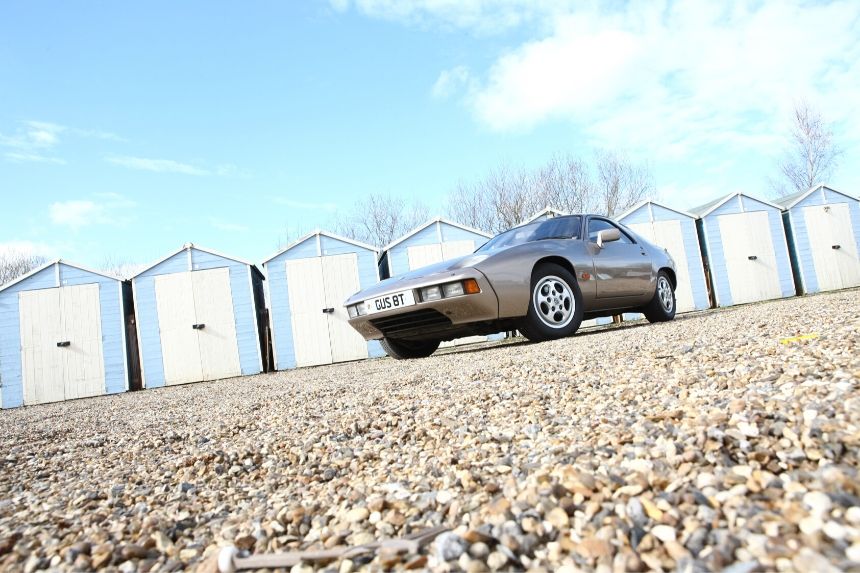
What should I look for?
The best starting point is a car that demonstrates consistent care throughout its life and evidence of replacement of the items that will always wear out (clutch, brakes, belts (in the past 3 years) and so on). Look for bills covering the high risk items such as coolant and steering pumps and aircon eco conversion and maintenance. Finding a car with a relatively low mileage will be difficult, and the key to long engine life will be a disciplined oil change record throughout its life.
Firstly, check the car's ID by comparing the Vehicle Identification Label (VIL) under the luggage bay carpet with that in the service book. The option codes are listed as the last item on the VIL, so check these from the web and that they are fitted to the car. The authenticity of an S4 CS or SE (Sport) model will need careful extra consideration.
For an engine that has had regular servicing, expect the top end to need a rebuild from 120K miles and a full rebuild from 150K miles. If the car puffs oil smoke on start up and continues to do so when warmed up and when revved, it suggests at least worn valves guides and possibly worn bores. A compression leak down check will be required for diagnosis - either way it will be an unexpected cost (perhaps £3-6K).
Irregular running can indicate a failed ECU (£1.5K) or something as simple as a time expired distributor cap and leads.
On the 928, the wings, doors and bonnet are aluminium, the bumpers are polyurethane and the rest of the bodyshell was fully zinc coated. To assess the body, a paint thickness gauge is invaluable to detect new paint or heavy filler. Signs of cheap body repairs show up as poorly matched paint, poor panel gaps and wet carpets (from water ingress around the tailgate or sunroof).
Corrosion can be an issue to the underbody in cars that have had a busy life or lived close to the sea. Repaint costs shouldn't be underestimated as a cheap repaint can look terrible, particularly on the plastic bumpers.
The interior condition will be self evident during a careful look around, but lift the carpets, check for dampness, stains and tears. It is very important to check everything works (all warning lights, clock, display, seat adjusters and particularly the air conditioning (if fitted).
A clonking nose or vibration when driving can suggest old tyres or worn suspension bushes, while floaty handling can suggest worn shock absorbers. A slight vibration at idle can suggest worn engine mountings (£250 each plus labour). It's important to get under the car to assess the suspension condition as well as the brakes and brake lines. A torch is useful for this. The alloys should be damage free and its worth looking carefully for damage repairs or cracked rims. Tyres must be checked for tread depth, signs of perishing or simply being more than 10 years old (hardened rubber).
Always try to drive the car before you buy. Important issues will show up even in a short drive (5 miles would be typical). If you don't have the experience to check the car out yourself, get a pre-purchase inspection expert to look at the car. They will advise on all aspects of the car's condition, what needs replacing now and in the short term and whether the car is valued correctly.
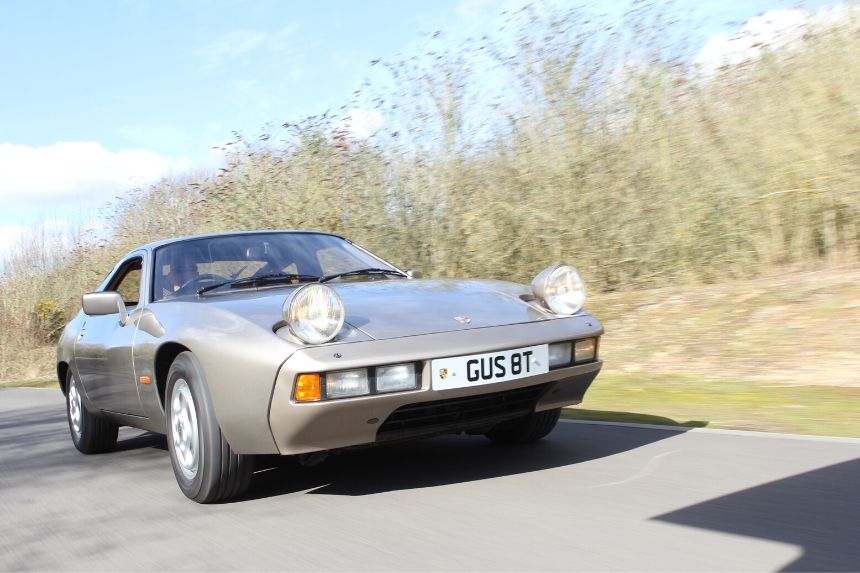
How can we help?
Run by dedicated and friendly Porsche enthusiasts, we are here to help you get the most out of owning your Porsche. We have over 30 model-specific Registers, each run by enthusiastic volunteers and technical experts who will be happy to assist you with any questions you may have. Click here to join Porsche Club GB.
find out more